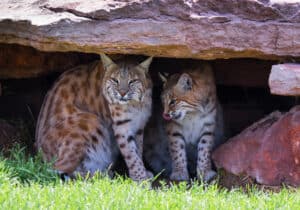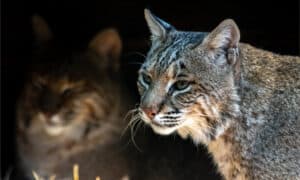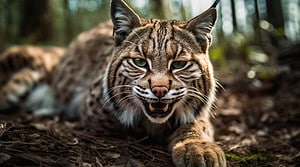Bobcats aren’t just wilderness animals in the Far West. Bobcats also range through Canada, Mexico, and all but three U.S. states. As the human population encroaches on their habitat, they are increasingly our close neighbors in rural, suburban, and even urban areas. How many bobcats live in your state, and how concerned should you be about them? 19 states have estimates of the number of bobcats in their borders. We’ll let you know those figures, as well as some interesting facts about these appealing but ferocious creatures.
3 States With No Bobcats
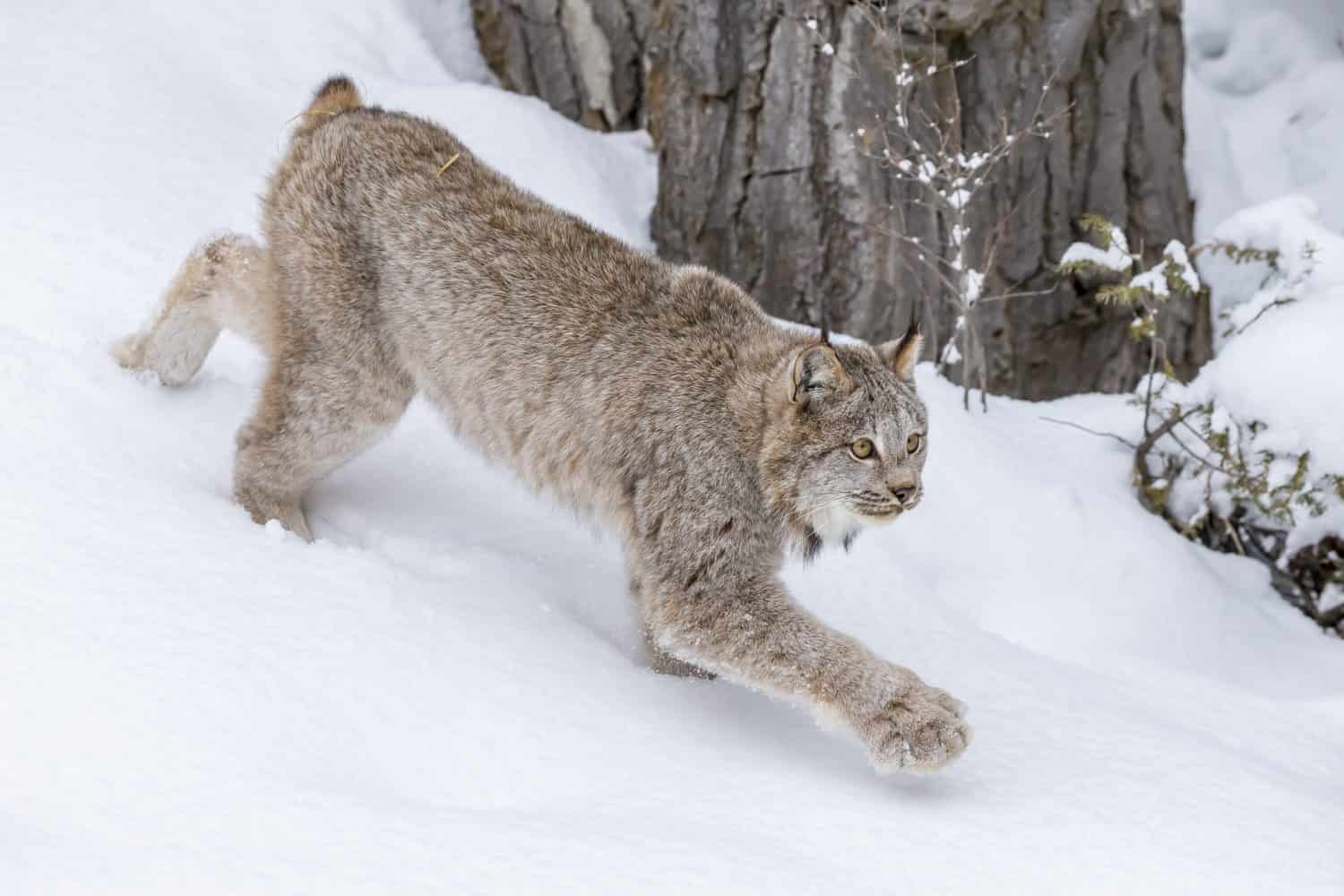
Bobcats prefer temperate conditions. They don’t care for extreme cold and have difficulty maneuvering through deep snow.
©Grindstone Media Group/Shutterstock.com
Three states currently have no known bobcat populations:
- Alaska:The climate there is too cold for bobcats. As global temperatures warm, bobcats will likely range further north and appear first in the Alaska panhandle.
- Delaware: The species went extinct there in the 1850s from hunting and habitat loss.
- Hawaii:Isolated in the center of the Pacific Ocean, Hawaii has no wild felines. The state strictly monitors animal imports to prevent invasive species from damaging unique island birds and animal species.
The 19 states coming up all have made estimates of their bobcat populations. We’ve listed them in order from the smallest to the largest numbers of bobcats.
19. Ohio (500)
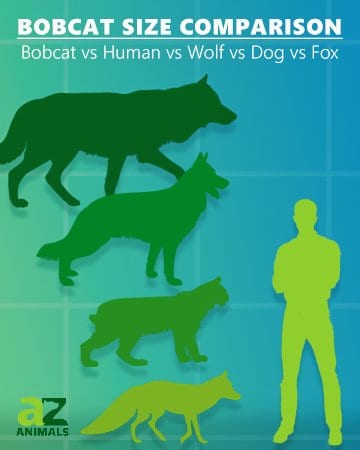
Rural and wooded southeastern Ohio has perfect bobcat habitat, but the numbers in the state are still small. They were hunted into extinction there in the mid-1800s but began migrating back from neighboring states in the early 2000s. Bobcats are similar in size to coyotes but distinguishable from a distance by their stubby tails and pointed ears.
18. Indiana (1,000)
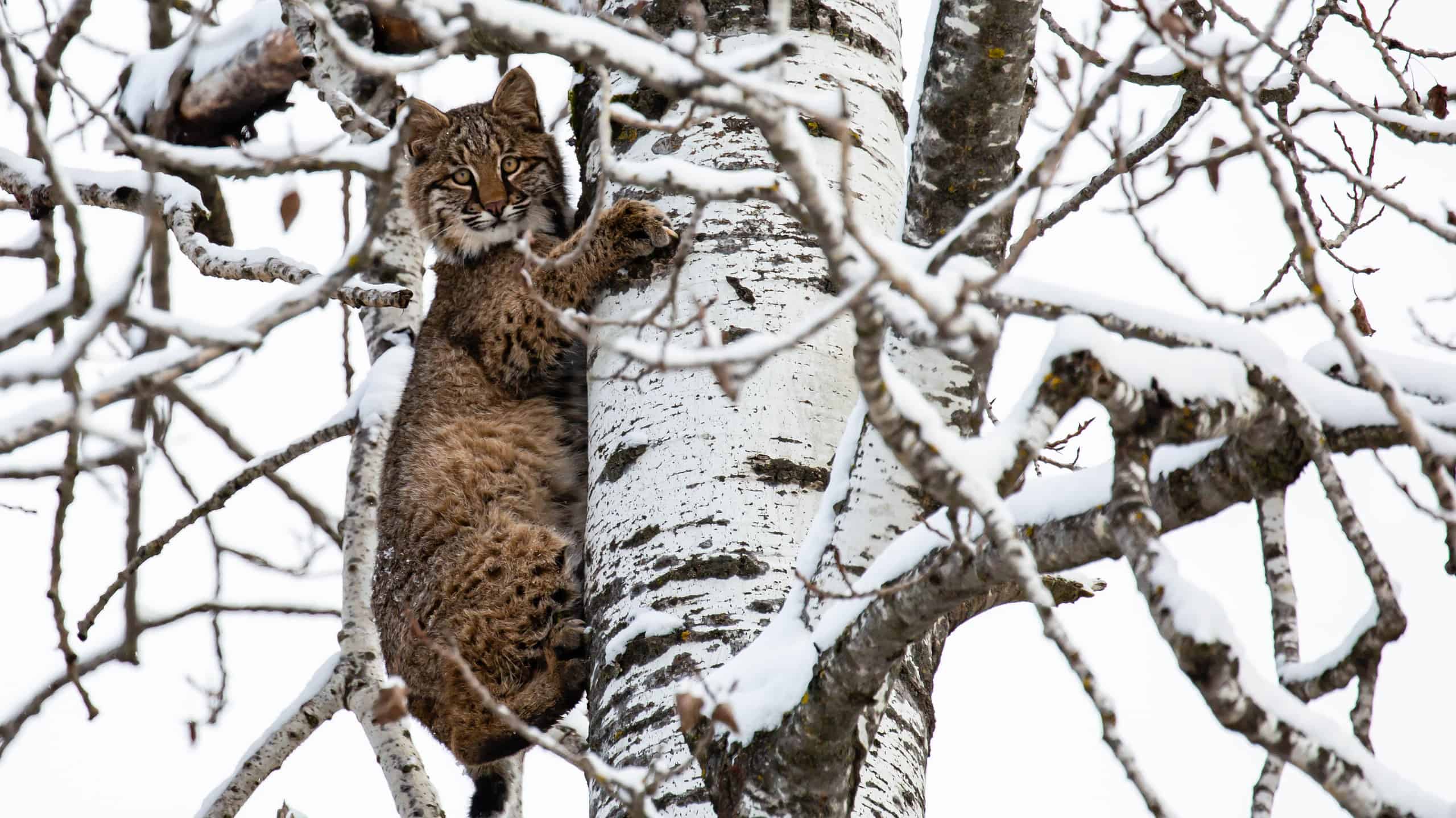
Bobcats are excellent climbers.
©iStock.com/Michael-Tatman
The estimated 1,000 bobcats in Indiana live mainly in the more rural southern part of the state. People sometimes call them “wildcats” or “lynxes.” Bobcats are one of four species of lynx, but they have some key differences from other types of lynxes, though.
17. Nebraska (1,000)
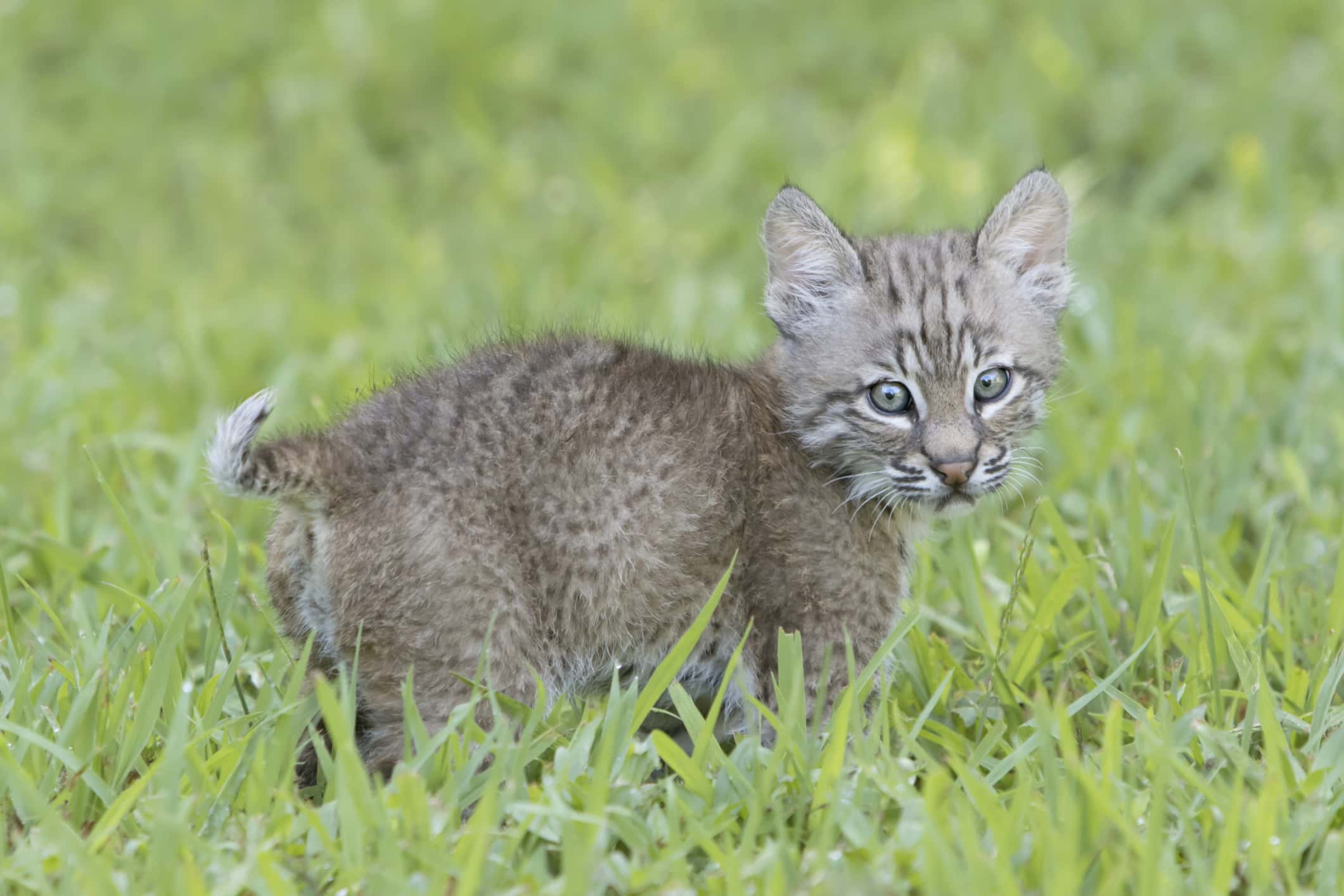
Baby bobcats are called “bobkittens.”
©Mark Kostich/iStock via Getty Images
In Nebraska, bobcats live mainly in the eastern and central parts of the state, while mountain lions live in the west. Residents of Omaha and its suburbs spotted both species within city limits in the summer of 2023. Bobcats are much larger than domestic cats and will eat feral cats. The two species are too different anatomically to interbreed.
16. New Hampshire (1,400)
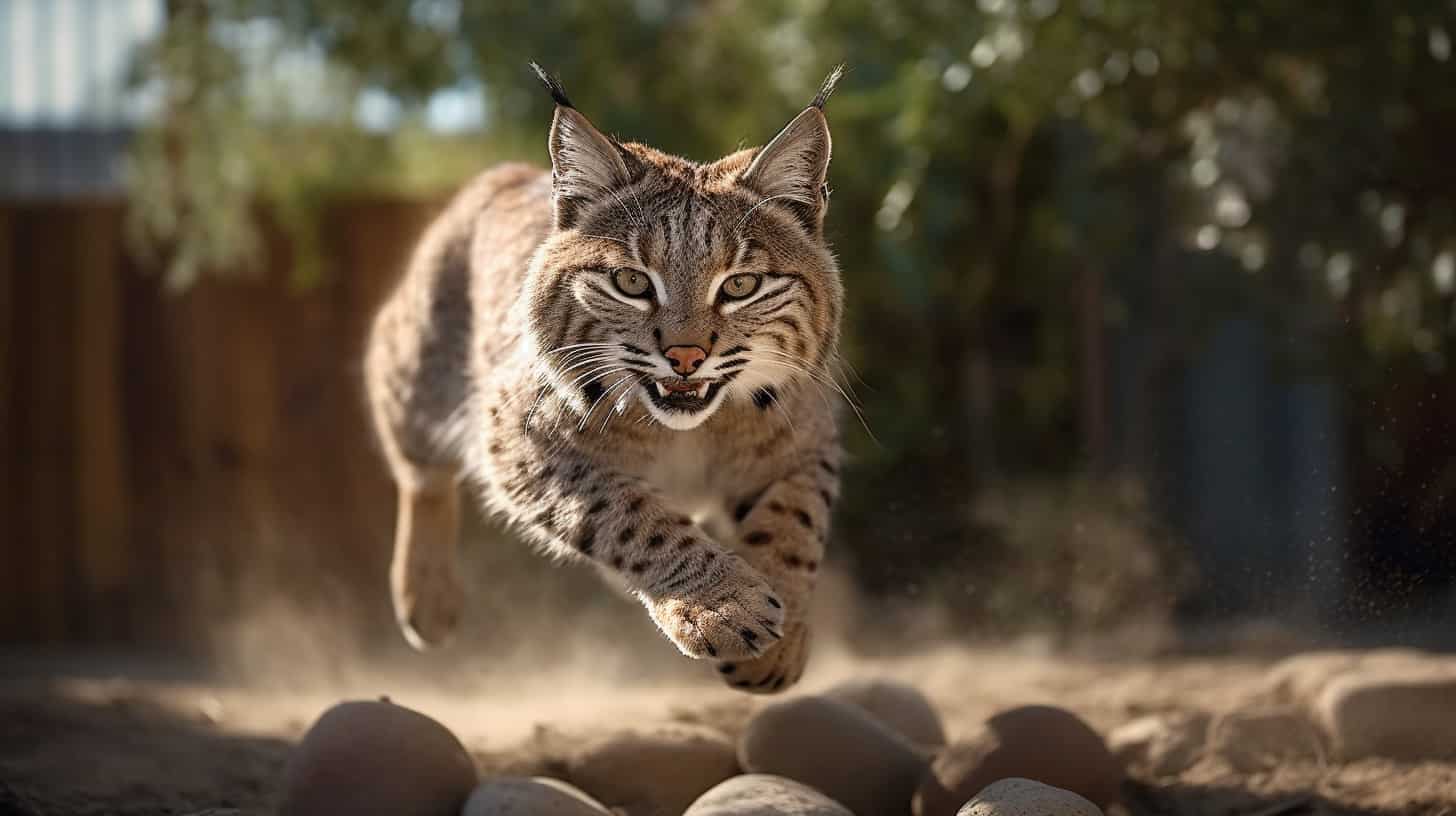
Bobcats almost disappeared in New Hampshire by the 1980s due to habitat loss and hunting. Their numbers have rebounded to about 1,400 thanks to conservation efforts. Bobcats get their name from their short “bobbed” tail. They are hunting machines with keen senses of sight, hearing, and smell and razor-sharp teeth and claws.
15. Connecticut (2,000)
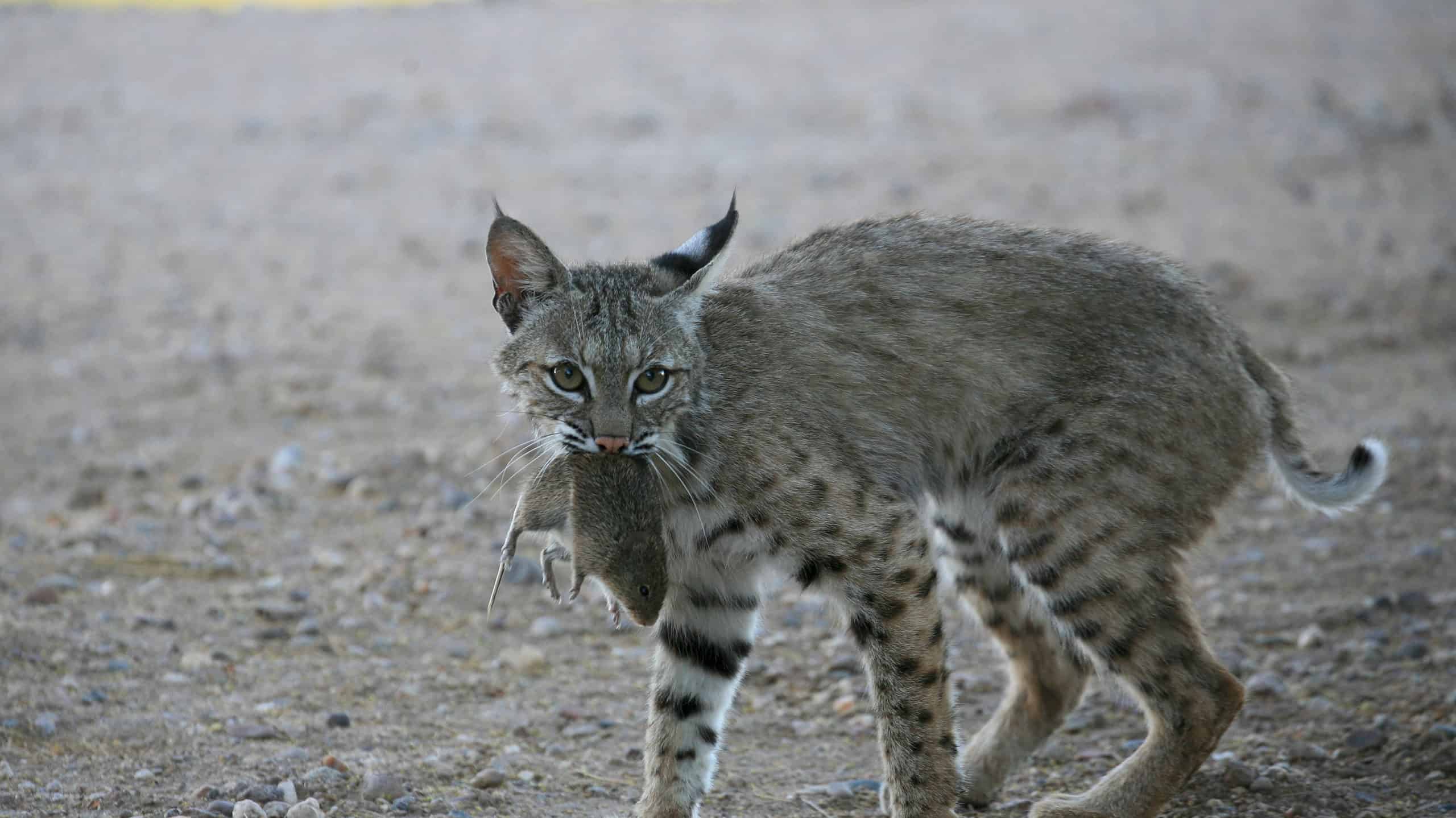
Bobcats play a useful ecological role in controlling rats and other pests that might otherwise overpopulate.
©gobirdnerds/Shutterstock.com
Connecticut has only about 2,000 bobcats, but that’s a lot for one of the smallest states in the country. Bobcats avoid people, but you might still encounter one while hiking or even rarely in your own neighborhood. Experts recommend backing away slowly and making loud noises to scare it away.
14. Minnesota (2,000)
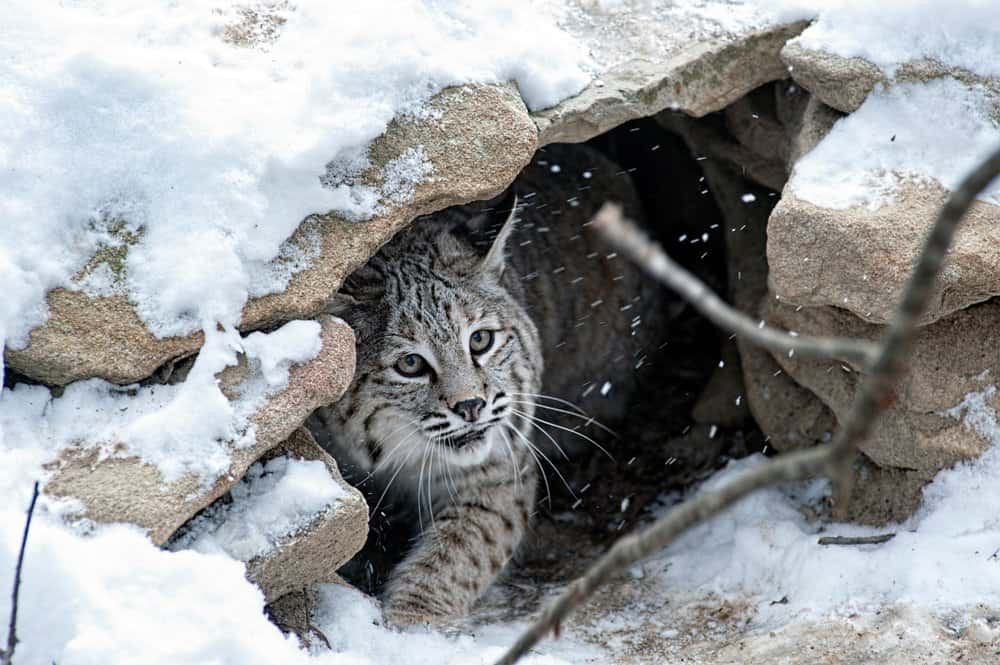
Female bobcats stay relatively close to their dens, but males have large territories that overlap those of several females.
©Daniel Friend/Shutterstock.com
The bobcat population in Minnesota is concentrated in the less-populated northern part of the state. In wilderness areas, male bobcats claim a territory of 30 square miles or so that overlaps the smaller territories of several females, who he mates with.
13. West Virginia (2,500)
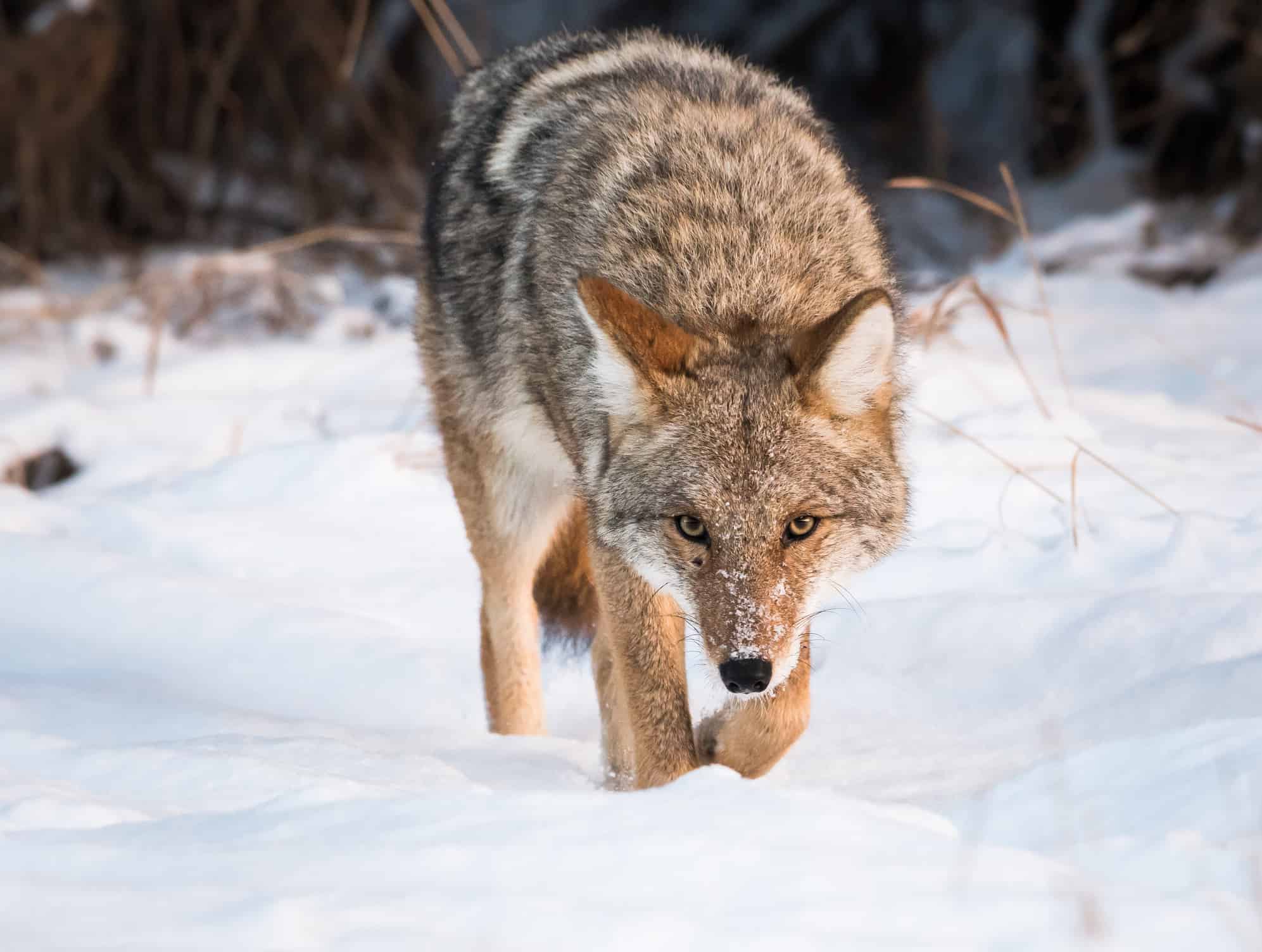
Coyotes are smaller than bobcats but prey on their kittens when they have the chance.
©Jillian Cooper/iStock via Getty Images
West Virginia regulates hunting and trapping to maintain a healthy, stable bobcat population. A mountainous and heavily wooded state, West Virginia provides ideal habitat for this species. An adult bobcat has few predators other than humans. Young ones can be prey for mountain lions, eagles, coyotes, foxes, and even for adult male bobcats.
12. Vermont (3,000)
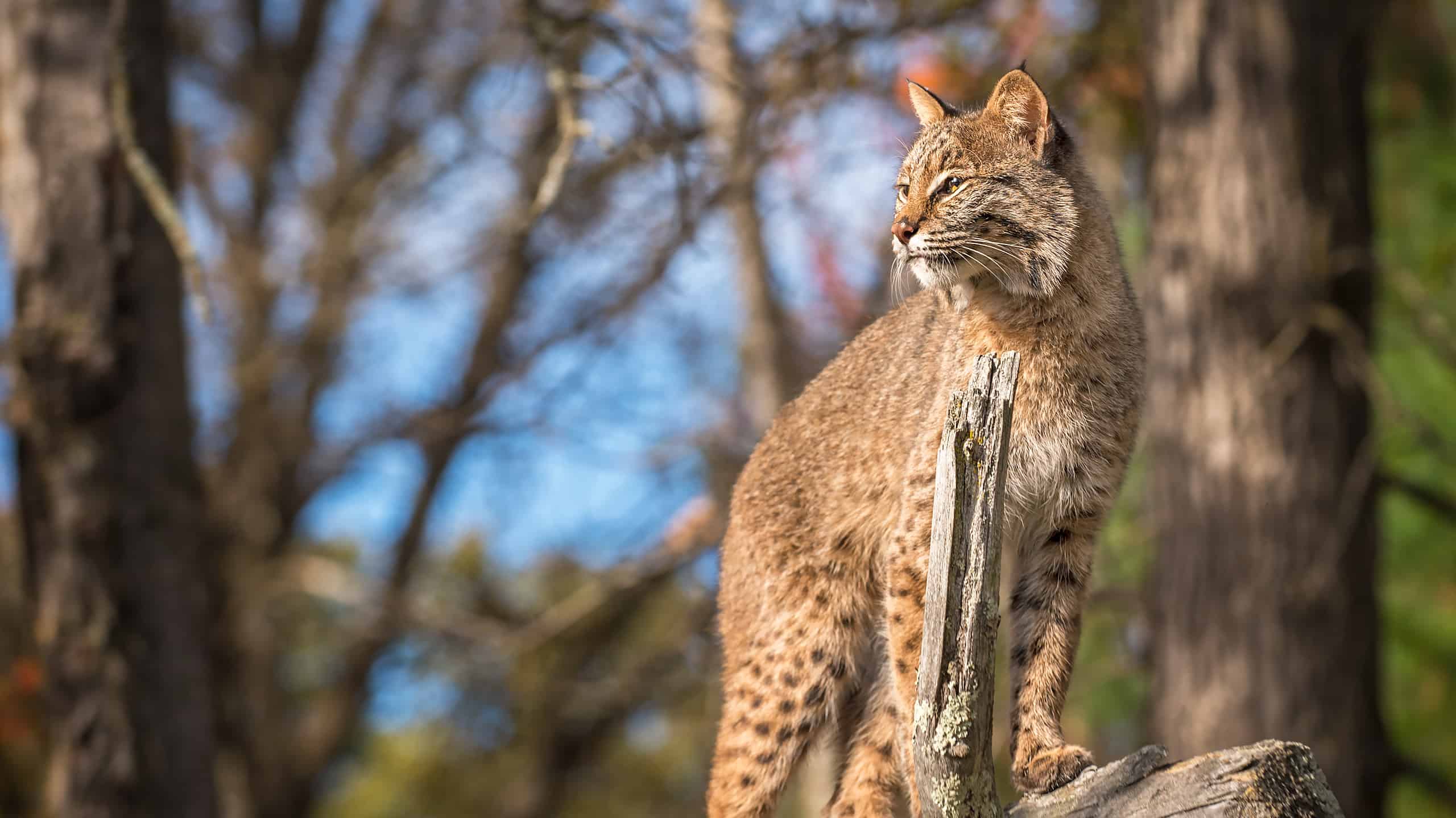
Bobcats have excellent hunting senses and instincts.
©Geoffrey Kuchera/Shutterstock.com
For a small state, Vermont has a relatively large bobcat population, estimated at 3,000. Nonetheless, most people will never see one because they are so reclusive. Tracks or droppings can be a tell-tale indication they’ve been in the area.
11. Montana (4,000)
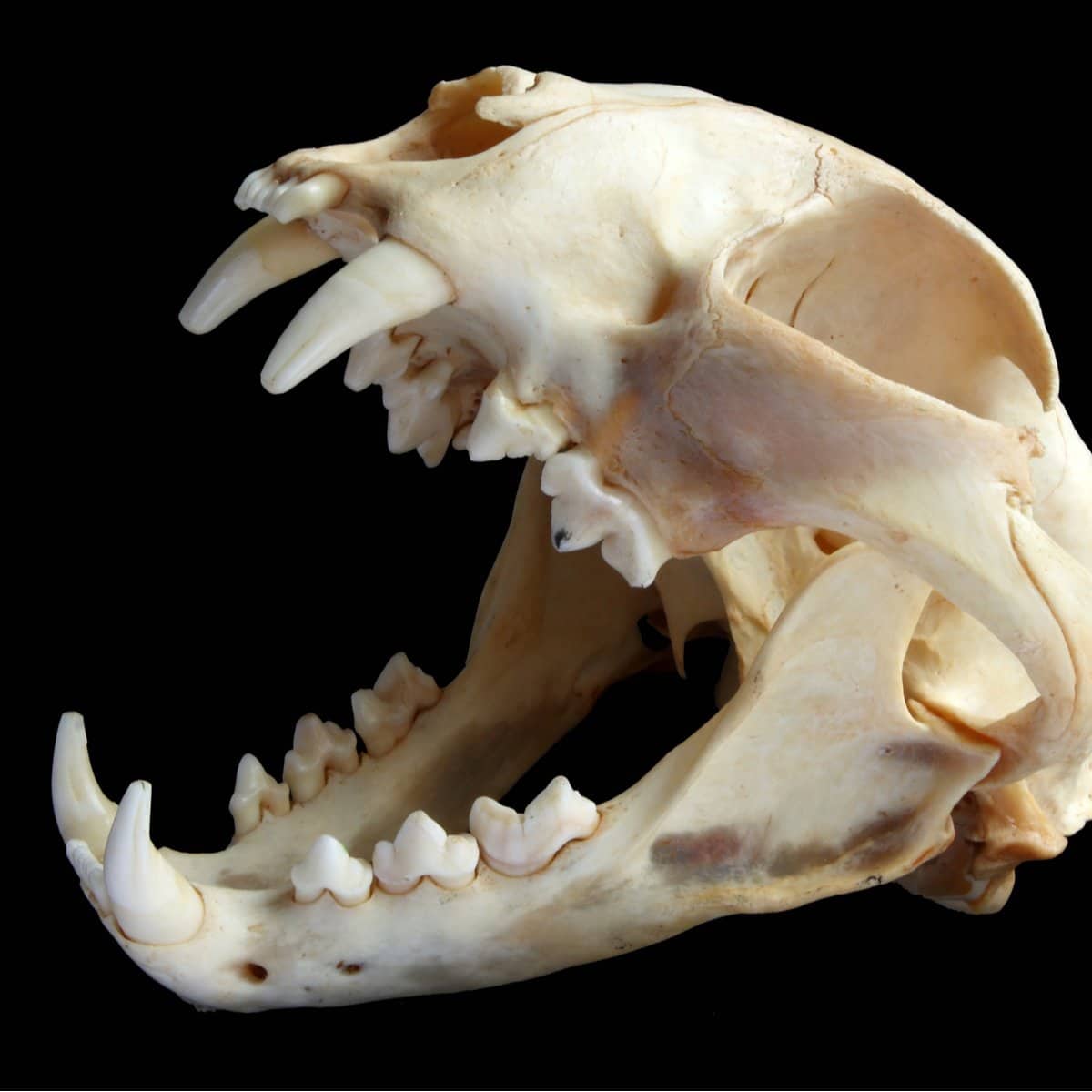
This bobcat skull reveals the mouth full of teeth these beasts use to hunt and to defend themselves.
©photowind/Shutterstock.com
Montana’s vast wilderness areas are host to a relatively modest 4,000 bobcats. This number can be expected to increase, especially as the climate becomes warmer and northern states become a more favorable habitat.
10. Illinois (5,000)
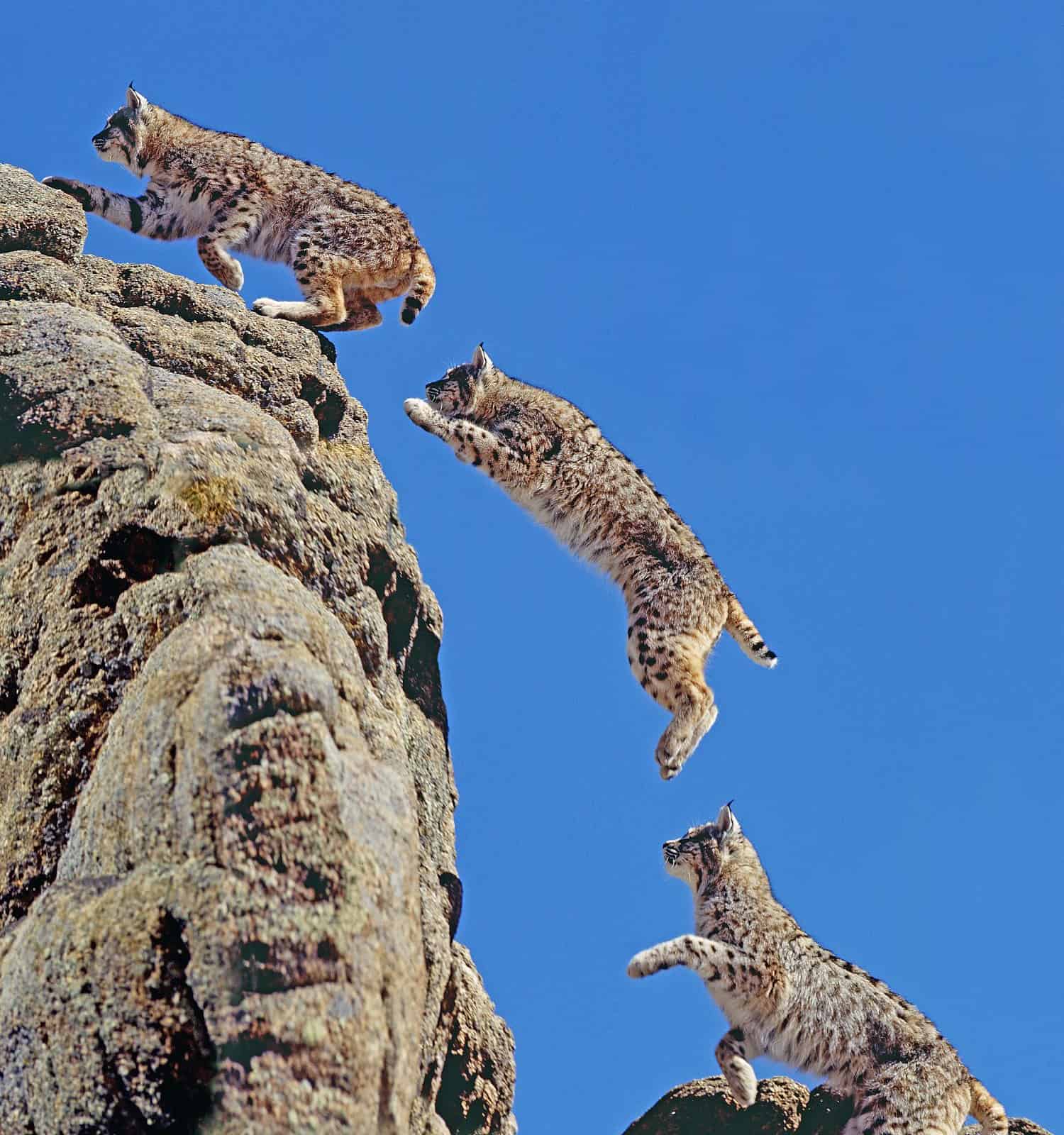
As this motion sequence illustrates, bobcats can jump 12 feet in the air from a standing position.
©slowmotiongli/Shutterstock.com
In Illinois, bobcats nearly disappeared by the mid-20th century but have bounced back thanks to conservation efforts. Bobcats can leap 12 feet in the air and climb trees, so ordinary fencing is not enough to keep them out. It will prevent your pets from wandering off into the woods, where the danger from these predators is greater.
9. Kentucky (5,000)
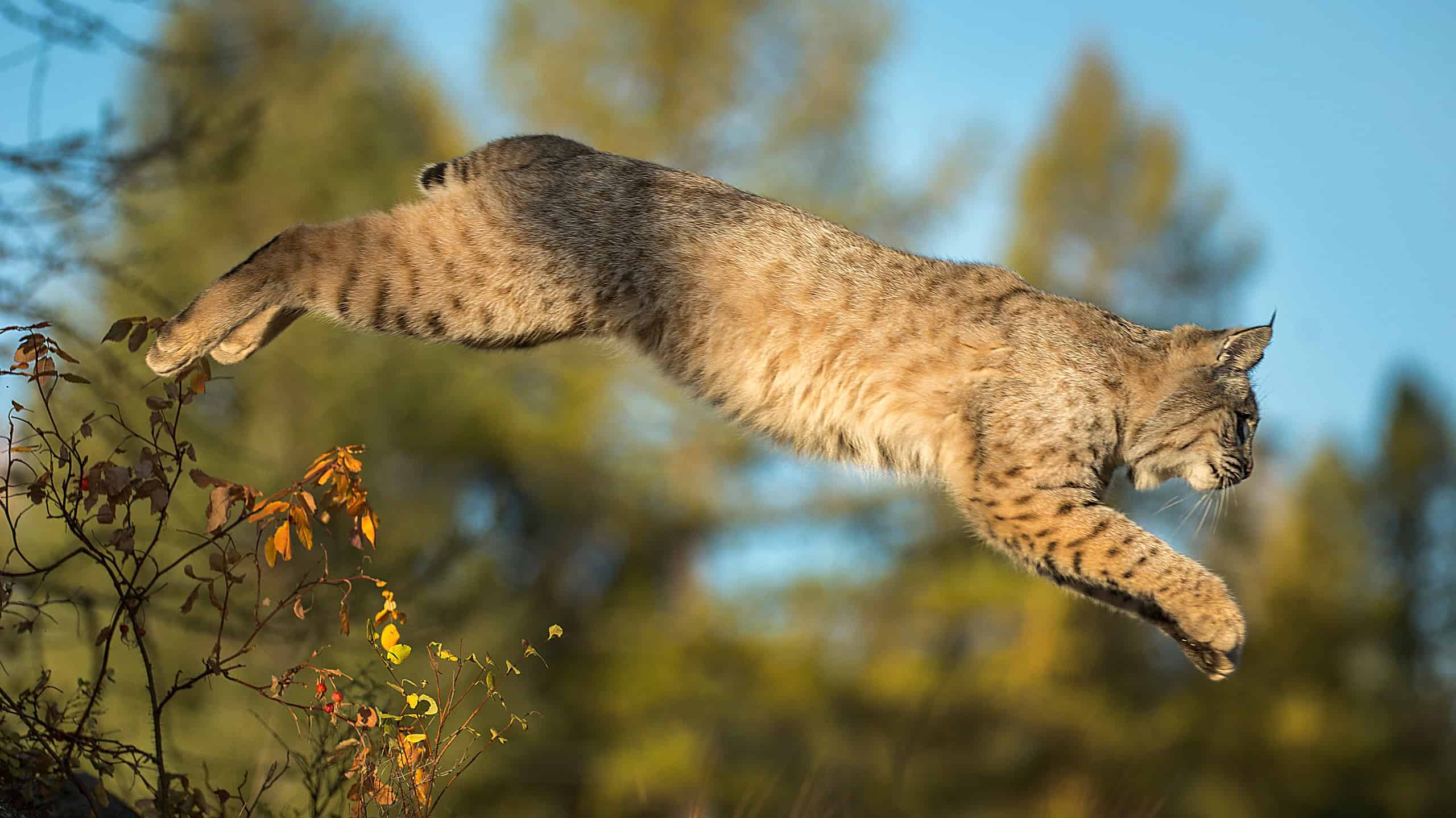
Bobcat pelts are gorgeously patterned. They look better on bobcats than on people, though.
©Chris Desborough/Shutterstock.com
Kentucky’s 5,000 bobcats live all over the state. Conservation efforts have been so successful, the population has surged, and hunting re-opened in 2021. Why do people want to hunt bobcats? Some want their beautiful soft pelts, although they’re worth only $30-$300. Other hunters enjoy the opportunity to hunt a different species than they’ve done before and bag a trophy they can be proud of. It’s not common for people to eat the meat, but those who have say it has a mild flavor similar to pork loin.
8. Iowa (6,000)
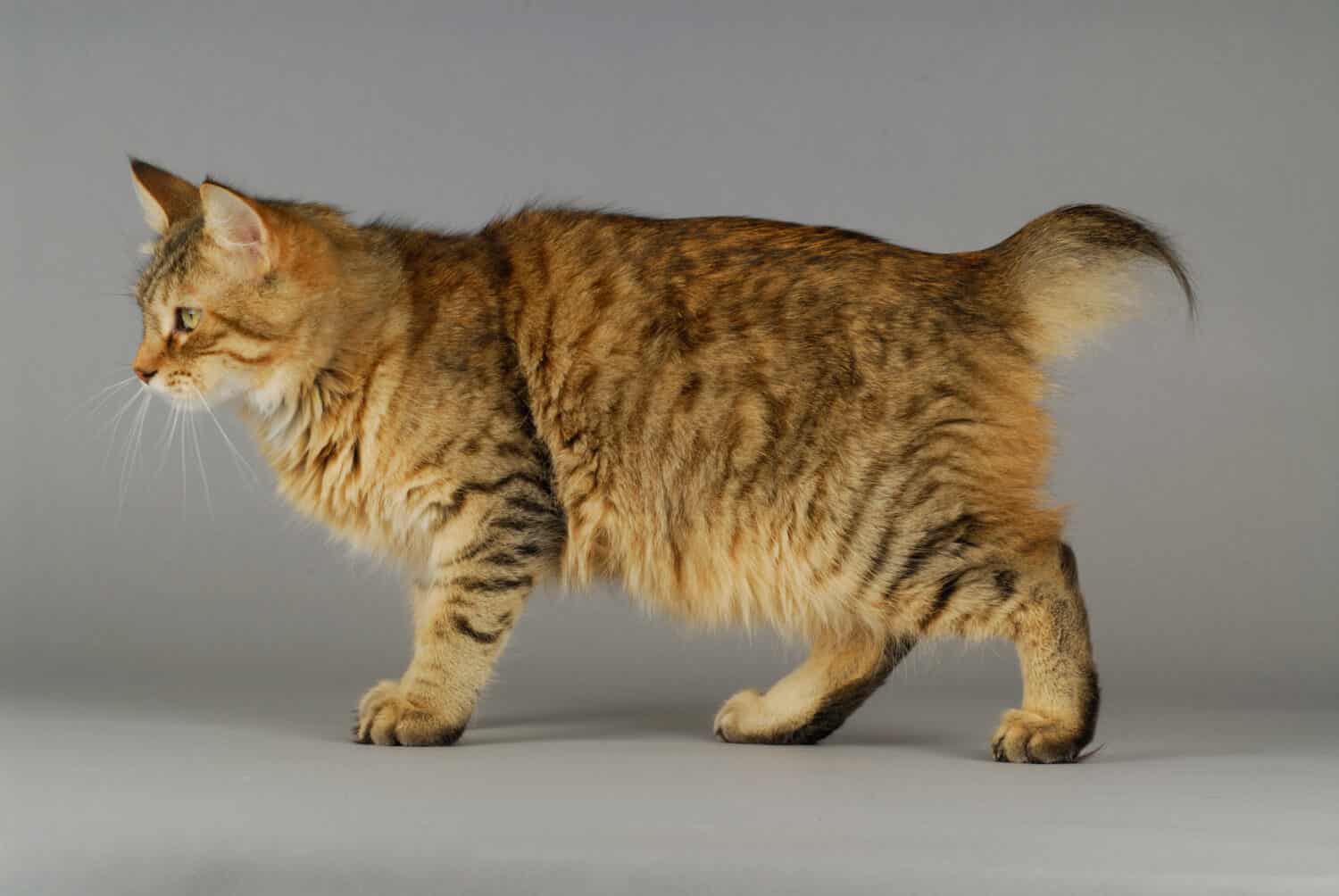
This is a pixie-bob: a breed of domestic cat developed to mimic the appearance of a bobcat.
©COULANGES/Shutterstock.com
Most of Iowa’s 6,000 bobcats live in the southern part of the state. Some counties allow bobcat hunting to control the population. Some people love bobcats and want one for a pet. This is illegal in most of the country. However, you can own a pixie-bob, a breed of domestic cat that closely resembles a bobcat.
7. Arizona (7,000)
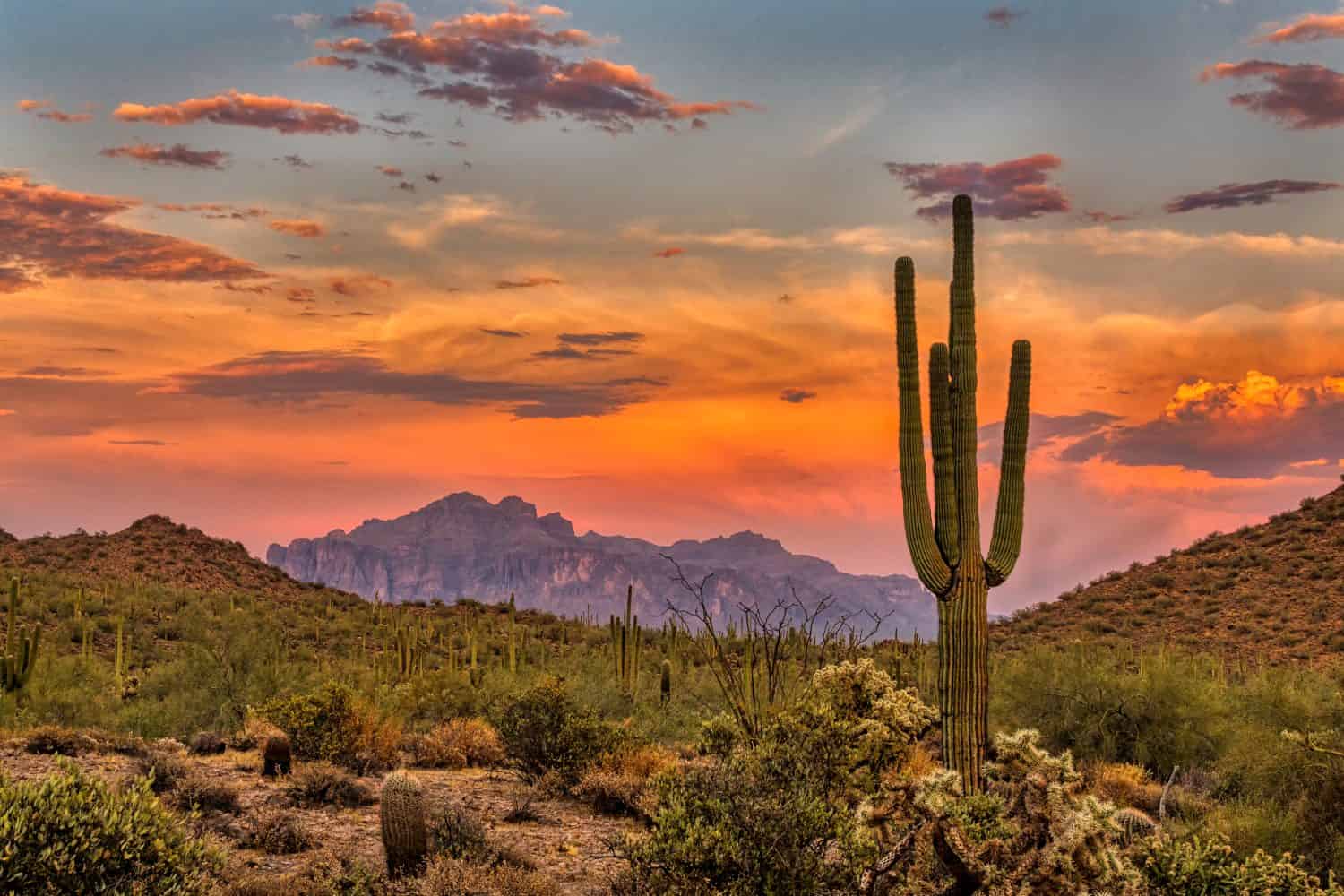
Bobcats thrive in the Sonora Desert of Arizona.
©Brent Coulter/Shutterstock.com
3,000-7,000 bobcats live in Arizona, particularly in the Sonoran Desert. Rabbits are their favorite food, but they will eat all sorts of other small animals like birds, rats and mice, lizards, snakes, and carrion.
6. Oregon (7,000)
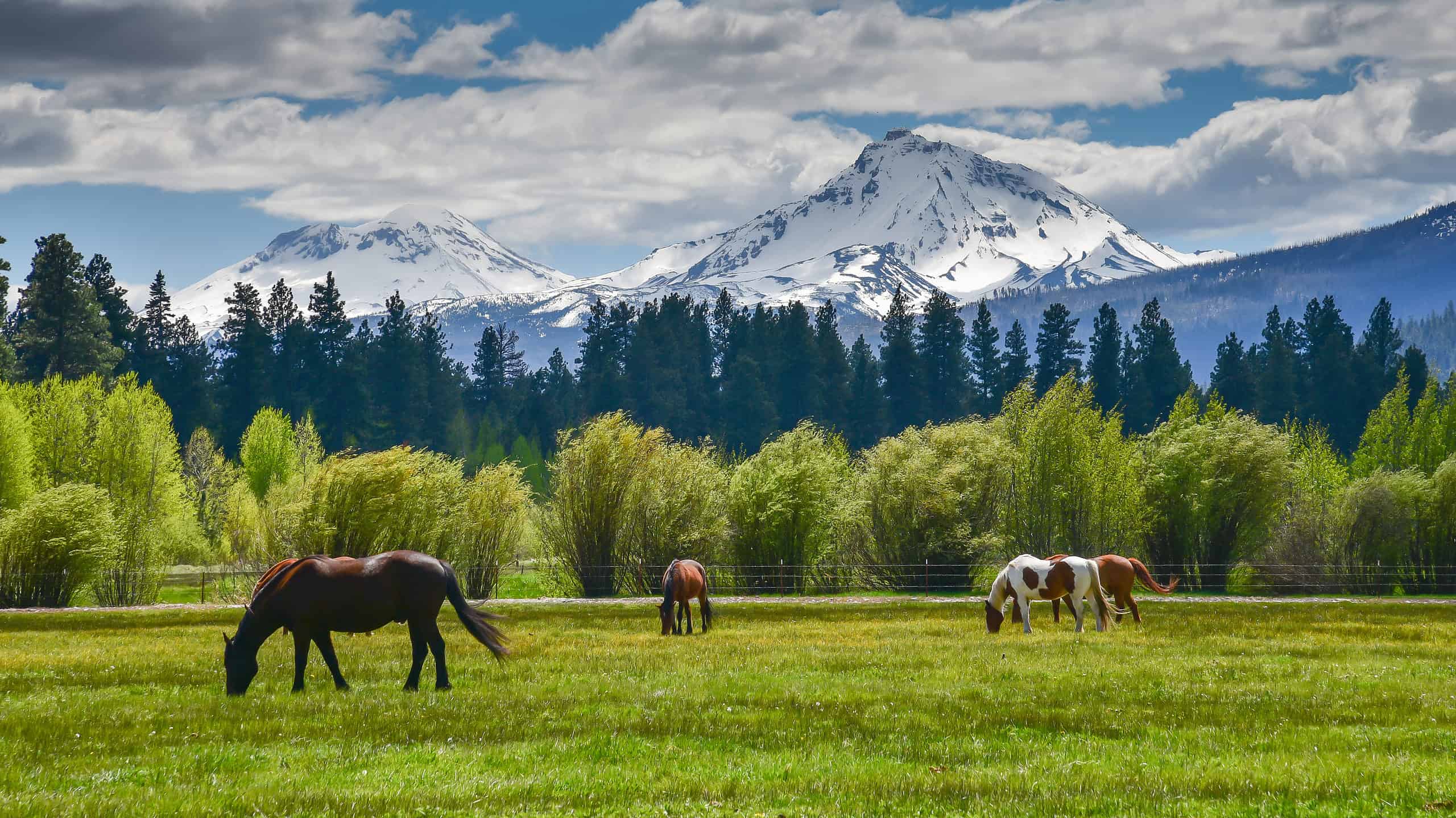
The Cascade Mountains are no barrier to bobcats that want to cross them.
©Eric Backman/Shutterstock.com
Oregon’s 7,000 bobcats live mainly in the western part of the state and the Willamette Valley. There are three subspecies living in the state. Although the Cascade mountain range is a considerable barrier to bobcats living on either side of it, genetic research has shown that it does not prevent bobcats from mixing and maintaining genetic diversity.
5. Michigan (10,000)
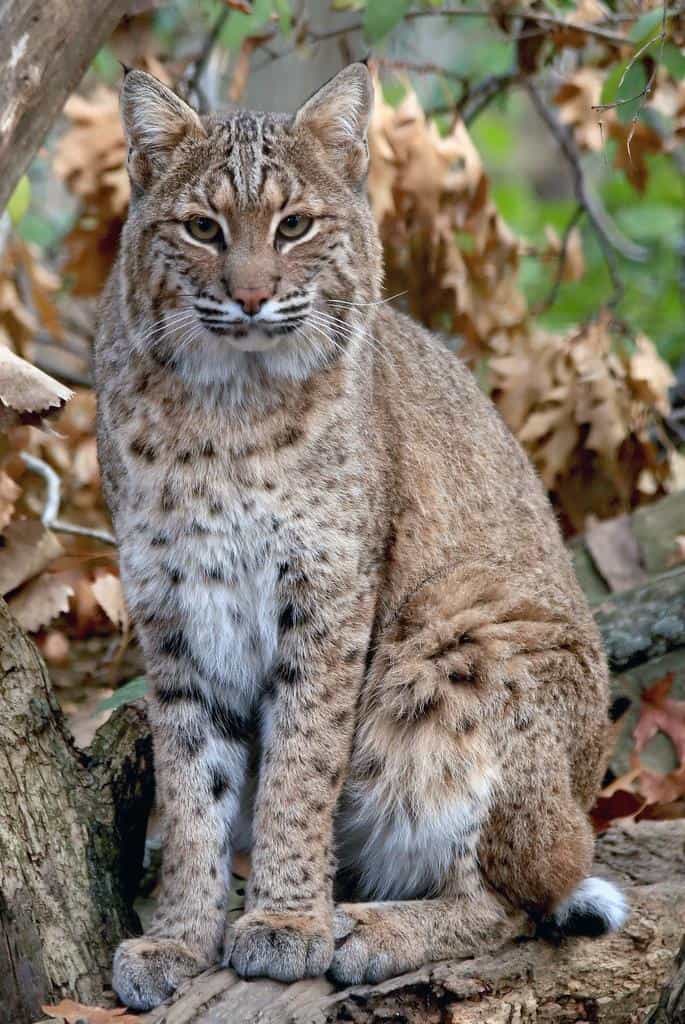
Every bobcat coat has a unique pattern. They are lighter underneath and darker on the back.
©Becker1999 (Paul and Cathy), CC BY 2.0, via Wikimedia Commons - License
Bobcats number about 10,000 in Michigan and are found in all counties of the state. They’re most plentiful in the southern part of the lower peninsula. The coloration of bobcats is generally brown but can be tinged with grey or red. Each individual has its own pattern of dark spots and stripes.
4. Colorado (12,000)
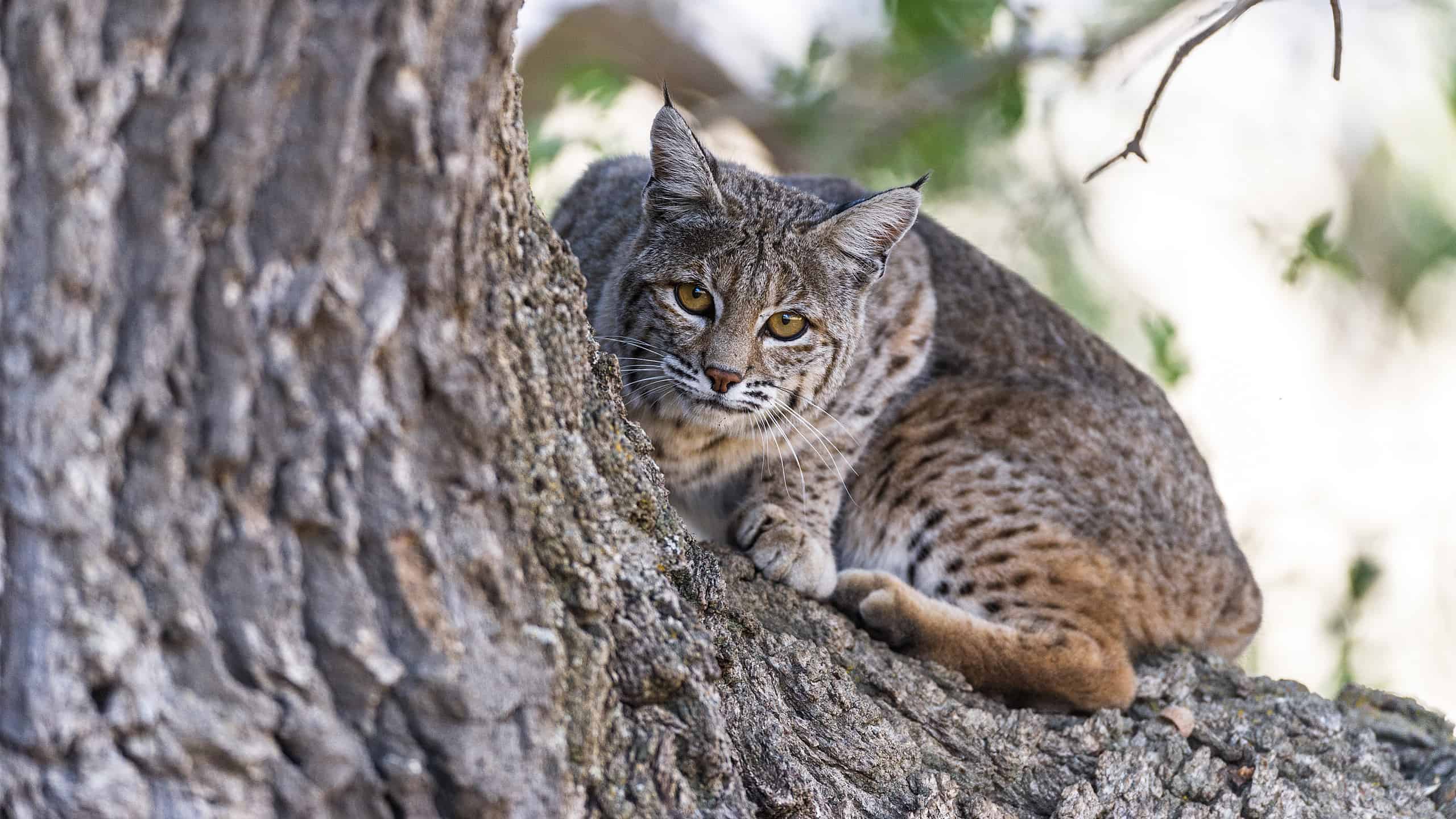
A hunting bobcat lies in wait to ambush its prey.
©iStock.com/brentawp
Bobcats avoid people, but Colorado has so many mountains, foothills, and canyons, the 12,000 of so in the state can find plenty of places to hide. Bobcats like to hunt by lying in ambush. Although they usually eat smaller prey, they are fully capable of bringing down young deer with a powerful bite to the neck.
3. North Carolina (20,000)
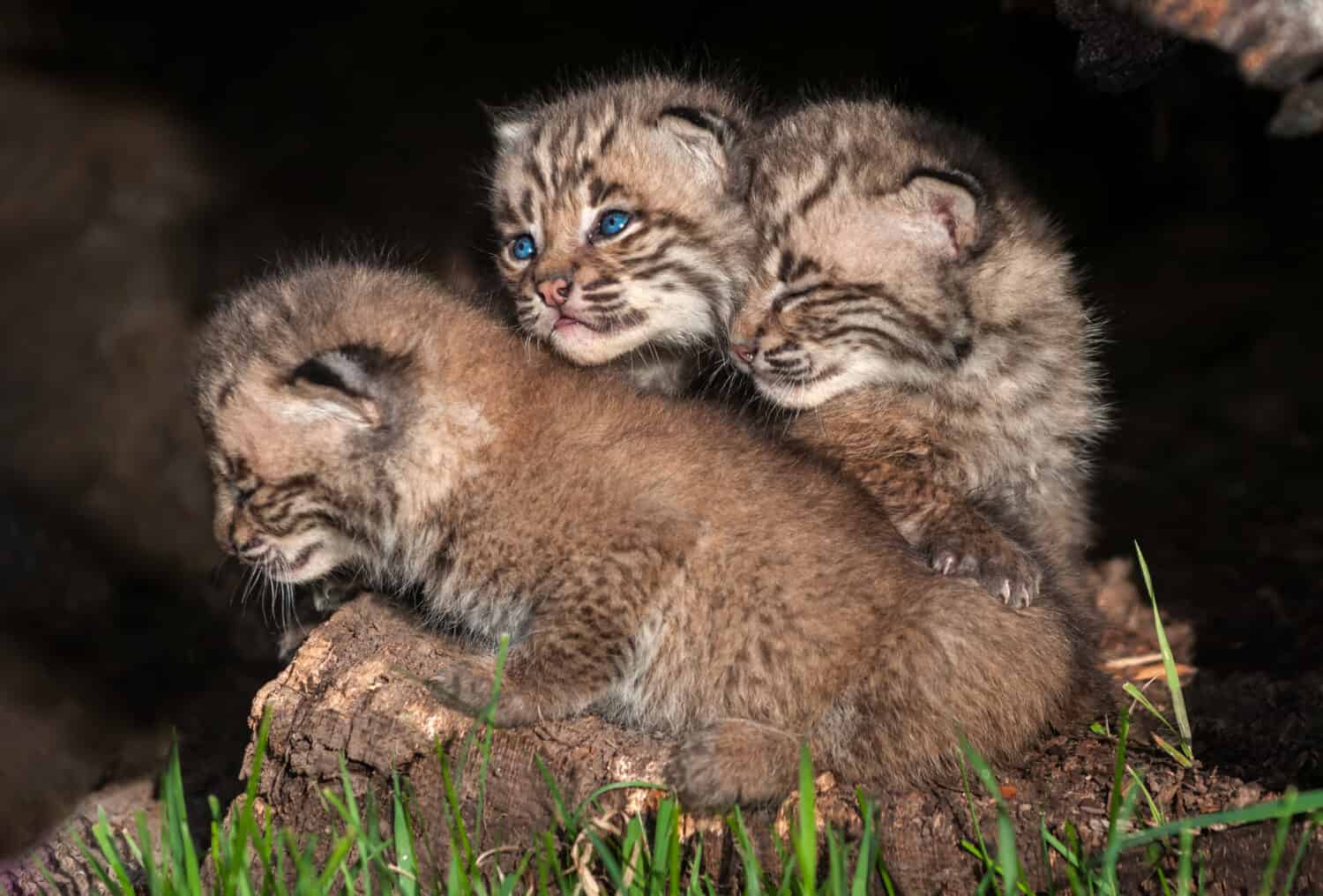
On average a bobcat litter is 2-3 bobkittens, but the mother may have more than one litter a year.
©Holly Kuchera/Shutterstock.com
Bobcats were almost exterminated in North Carolina by the 1970s but have made a huge comeback. They have been sighted all over the state, from the coastal plain to the Appalachian Mountains and its foothills in the west.
2. Wisconsin (46,500)
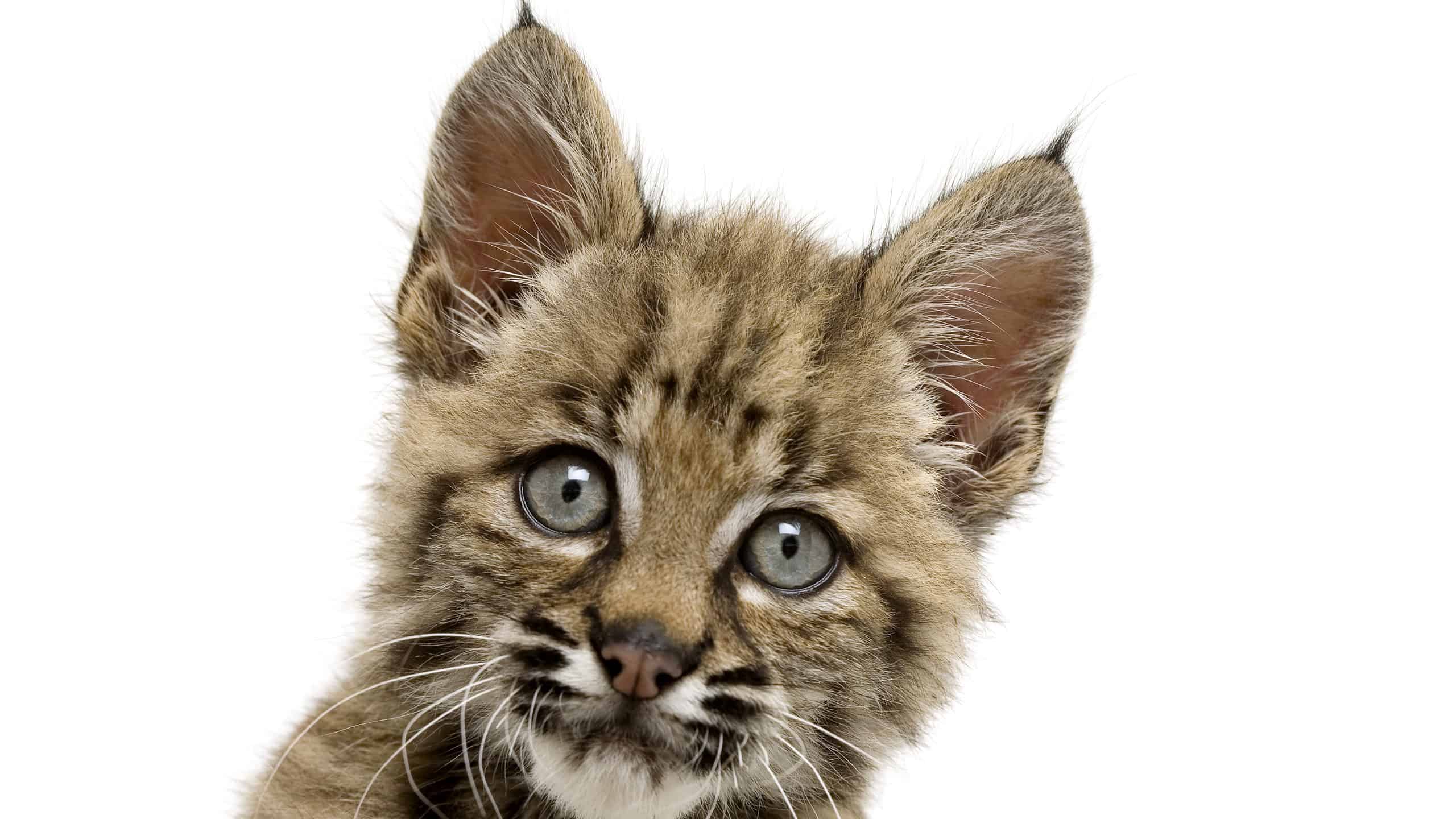
Who wouldn’t want to adopt a bobkitten? But once it grows up, you’ll have a literal wildcat on your hands.
©Ultrashock/Shutterstock.com
Wisconsin has a huge bobcat population that lives in all the state’s counties. It is one of 20 states that allow citizens to own a captured or domestic-bred bobcat as a pet. This site has a complete list of the legal status of owning a bobcat in all 50 states. Trust us, though. Even if it’s legal, for a whole host of reasons wild animals just don’t make great pets.
1. California (50,000)
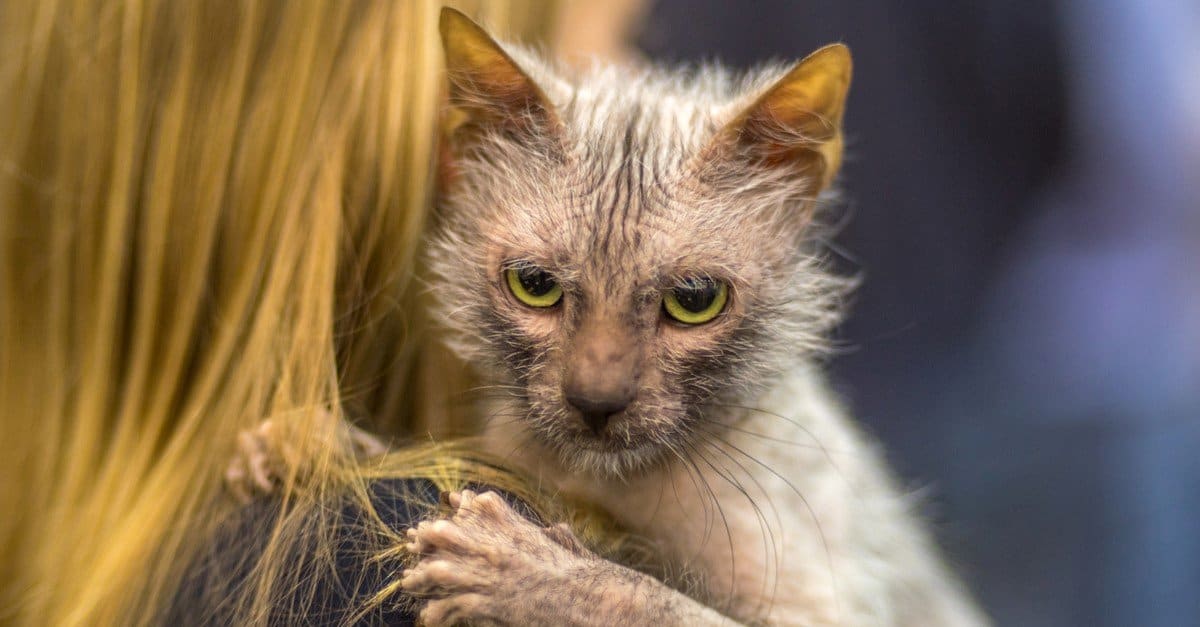
In the U.S., feral domestic cats number up to 100 million and are a much bigger problem than bobcats.
©Jaroslaw Kurek/Shutterstock.com
Bobcats are the most common wild cat in the United States. Out of the estimated 1-3 million bobcats in the country, California has the most, with about 30-50,000. They live in all 58 counties of the state. Bobcats are not endangered; the International Union for Conservation of Nature (IUCN) considers them a species of “least concern.”
28 States Where Bobcat Numbers are Unknown
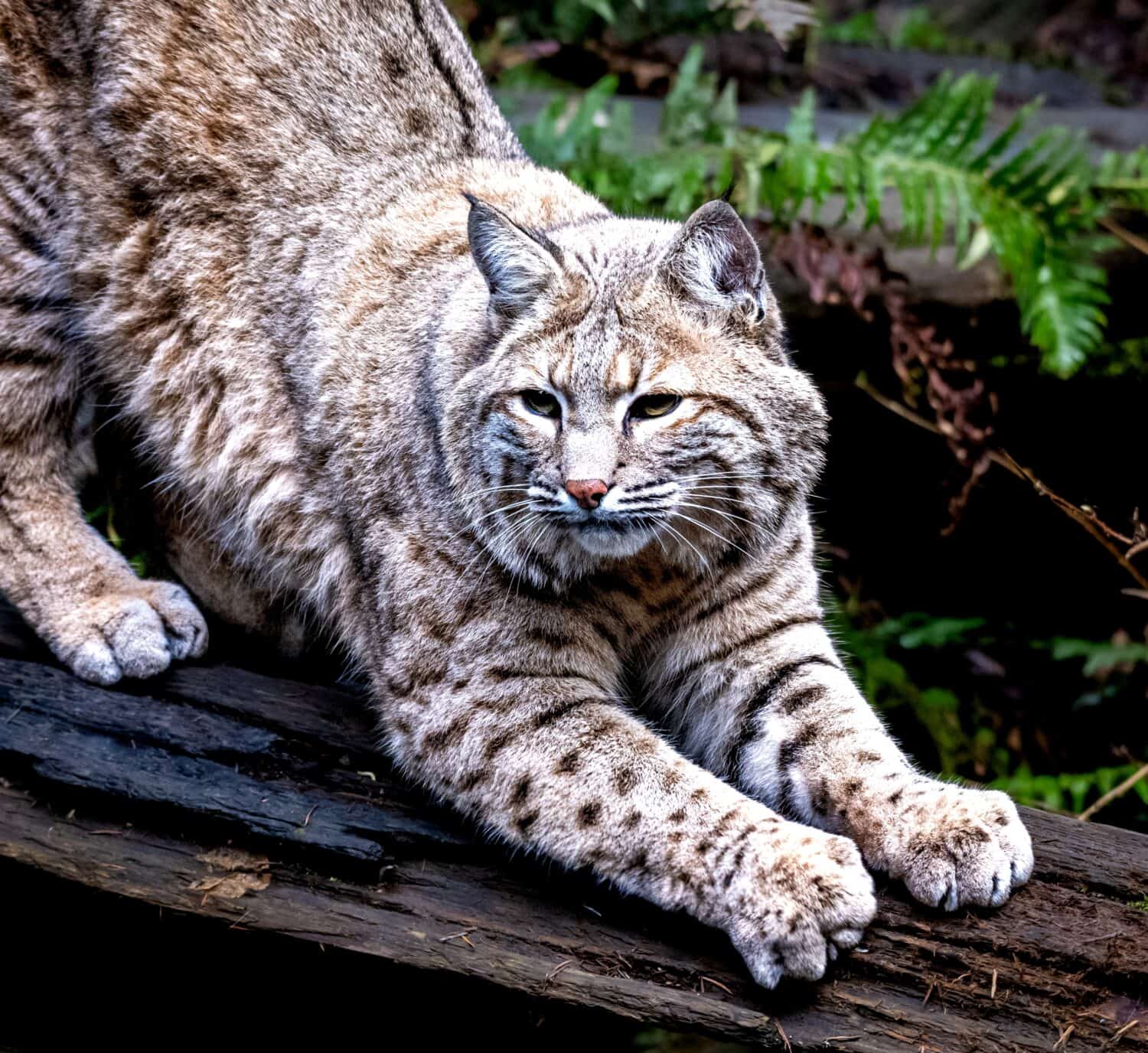
The distinctive pattern of bobcats’ coats made them desirable in the fur trade.
©Jeff Westhead/Shutterstock.com
These 28 states all have bobcats, maybe even thousands of them, but just don’t have official estimates of the population sizes:
- Alabama
- Arkansas
- Florida
- Georgia
- Idaho
- Kansas
- Louisiana
- Maine
- Maryland
- Massachusetts
- Mississippi
- Missouri
- Nevada
- New Jersey
- New Mexico
- New York
- Oklahoma
- Pennsylvania
- Rhode Island
- South Carolina
- North Dakota
- South Dakota
- Tennessee
- Texas
- Utah
- Virginia
- Washington
- Wyoming
Beneficial and Beautiful
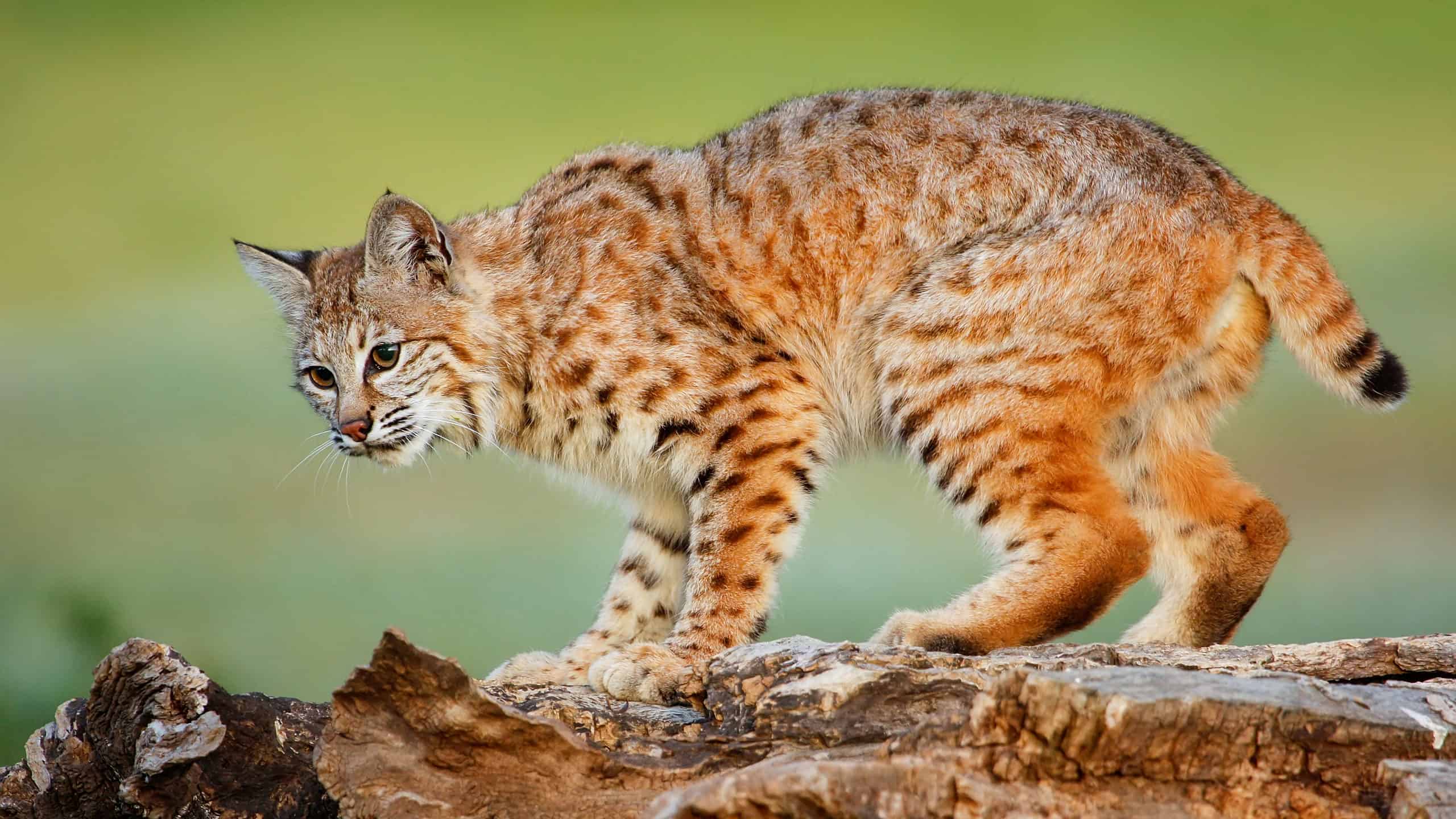
Bobcats’ coats differ in color depending on their genetic background and what environment they live in.
©Don Mammoser/Shutterstock.com
Bobcats are a species we are likely to preserve. They have a useful environmental role in keeping down the populations of prey species, some of which, like rabbits, rats, and mice, can do great damage to farming. And there’s no doubt they are gorgeous creatures. Their similarity to domestic cats can give them a unique appeal. Make no mistake, though, they are ferocious wild animals. Be glad if your state has some, but also be glad if you never meet up with one in person!
The photo featured at the top of this post is © Ultrashock/Shutterstock.com
Thank you for reading! Have some feedback for us? Contact the AZ Animals editorial team.



